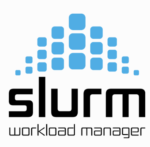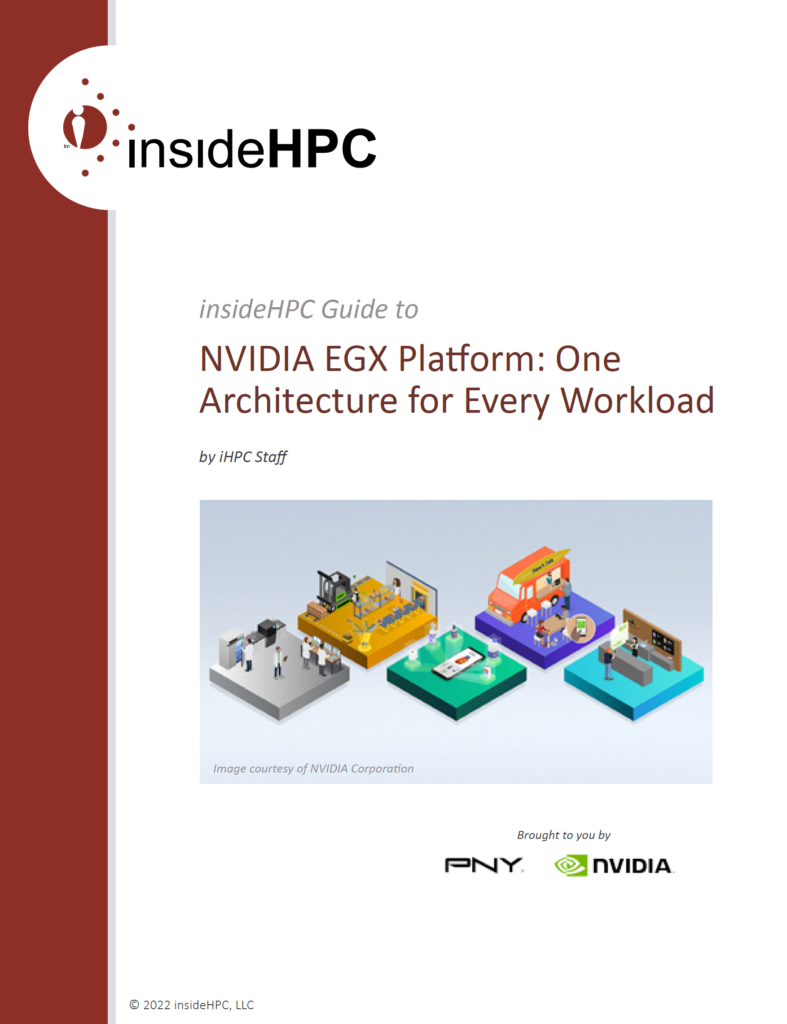Today Univa announced enhancements to its powerful Navops Launch HPC cloud-automation platform to support the widely-used Slurm workload scheduler. “Univa’s support for open-source Slurm – installed at approximately 60% of the leading HPC centers – is an important milestone in the evolution of HPC cloud-automation,” said Srini Chari, founder and managing partner of Cabot Partners. “Navops Launch is one of the few HPC management tools that is both multi-cloud and multi-scheduler.”
Interview: Univa Steps Up with NAVOPS 2.0 for moving HPC Workloads to the Cloud
Today Univa announced the newest release of its popular Navops Launch cloud-automation platform. Navops Launch 2.0 delivers new capabilities to help simplify the migration of enterprise HPC workloads to the cloud, enabling enterprises to transition HPC workloads to the cloud while reducing costs by 30-40 percent. To learn more, we caught up with Univa CEO Gary Tyreman.
How SUSE Powers High Performance Computing
SUSE Linux Enterprise High Performance Computing provides a parallel computing platform for high performance data analytics workloads such as artificial intelligence and machine learning. Fueled by the need for more compute power and scale, businesses around the world today are recognizing that a high performance computing infrastructure is vital to supporting the analytics applications of tomorrow.
Podcast: HPC & AI Convergence Enables AI Workload Innovation
In this Conversations in the Cloud podcast, Esther Baldwin from Intel describes how the convergence of HPC and AI is driving innovation. “On the topic of HPC & AI converged clusters, there’s a perception that if you want to do AI, you must stand up a separate cluster, which Esther notes is not true. Existing HPC customers can do AI on their existing infrastructure with solutions like HPC & AI converged clusters.”
The Convergence of HPC and AI
In this special guest feature, Bill Wagner from Bright Computing writes that the convergence of HPC & AI presents new challenges for containers, job scheduling, and system management. “But here’s the rub … traditional HPC applications run under the jurisdiction of an HPC workload manager like Slurm or PBS Pro, whereas machine learning applications are primarily run in containers under the jurisdiction of a container orchestration system, such as Kubernetes.”
Why Containerization was Key to Fueling Innovation at ISC19
In this special guest feature, Ian Lumb from Sylabs describes containerization was Fueling Innovation at ISC 2019. “Interest in containerization has never been stronger. Although there’s much to extract from ISC19, even if you weren’t able to attend the event, there are alternative approaches for accelerating your uptake of this secure, performant, and portable technology that also ensures reproducibility.”
Converging Workflows Pushing Converged Software onto HPC Platforms
Are we witnessing the convergence of HPC, big data analytics, and AI? Once, these were separate domains, each with its own system architecture and software stack, but the data deluge is driving their convergence. Traditional big science HPC is looking more like big data analytics and AI, while analytics and AI are taking on the flavor of HPC.
Xtreme Design HPC Cloud Management Demo at SC17
In this video from SC17, Naoki Shibata from Xtreme Design demonstrates the company’s innovative solutions for deploying and managing HPC clouds. “Customers can use our easy-to-deploy turnkey HPC cluster system on public cloud, including setup of HPC middleware (OpenHPC-based packages), configuration of SLURM, OpenMPI, and OSS HPC applications such as OpenFOAM. The user can start the HPC cluster (submitting jobs) within 10 minutes on the public cloud. Our team is a technical startup for focusing HPC cloud technology.”
Adaptive Computing Releases Moab HPC Suite 9.1.1
Today Adaptive Computing announces the latest release of Moab HPC Suite and related add-ons. The new release extends ease-of-use submission and workload management to new platforms by delivering a release of Viewpoint that can now work directly with either Torque or Slurm. Because of this “Open Platform” extension, other related products now automatically work with either resource manager, including remote visualization, submissions of high throughput workloads (Nitro enables tens of thousands to millions of tasks), and use of Adaptive Computing’s new Reporting & Analytics solution.
SUSE Adds HPC Module for ARM-based Systems
Over at the SUSE Blog, Jay Kruemcke writes that the High-Performance Computing Module (HPC Module) for SUSE Linux Enterprise (SLES) is now available for 64-bit ARM (AArch64) systems. The HPC Module is delivered as an add-on product to SUSE Linux Enterprise Server. “In summary, the HPC module allows us to keep the content closer to what’s happening in the HPC community upstream, providing more leading-edge tools in a more manageable fashion, leveraging a different lifecycle than the base SUSE Linux Enterprise Server. The new HPC module contains packages to optimize and manage HPC systems, and build HPC applications – building a bridge between the base server and an HPC stack (such as the stack provided by OpenHPC). This journey has started – some packages have already been made public and we have much more in the works and in our release queue.”













